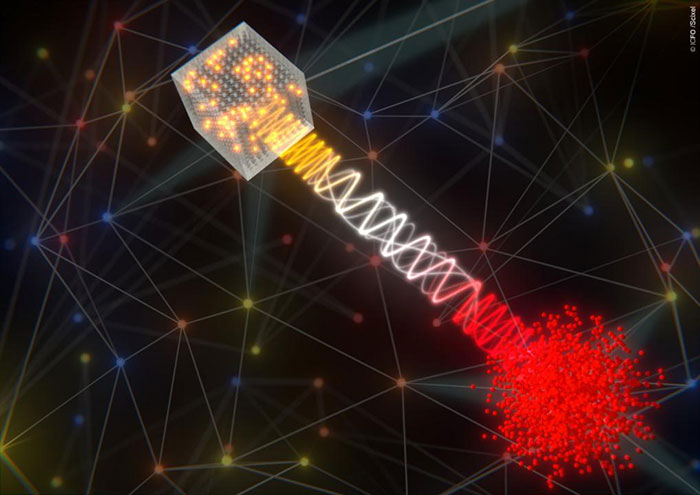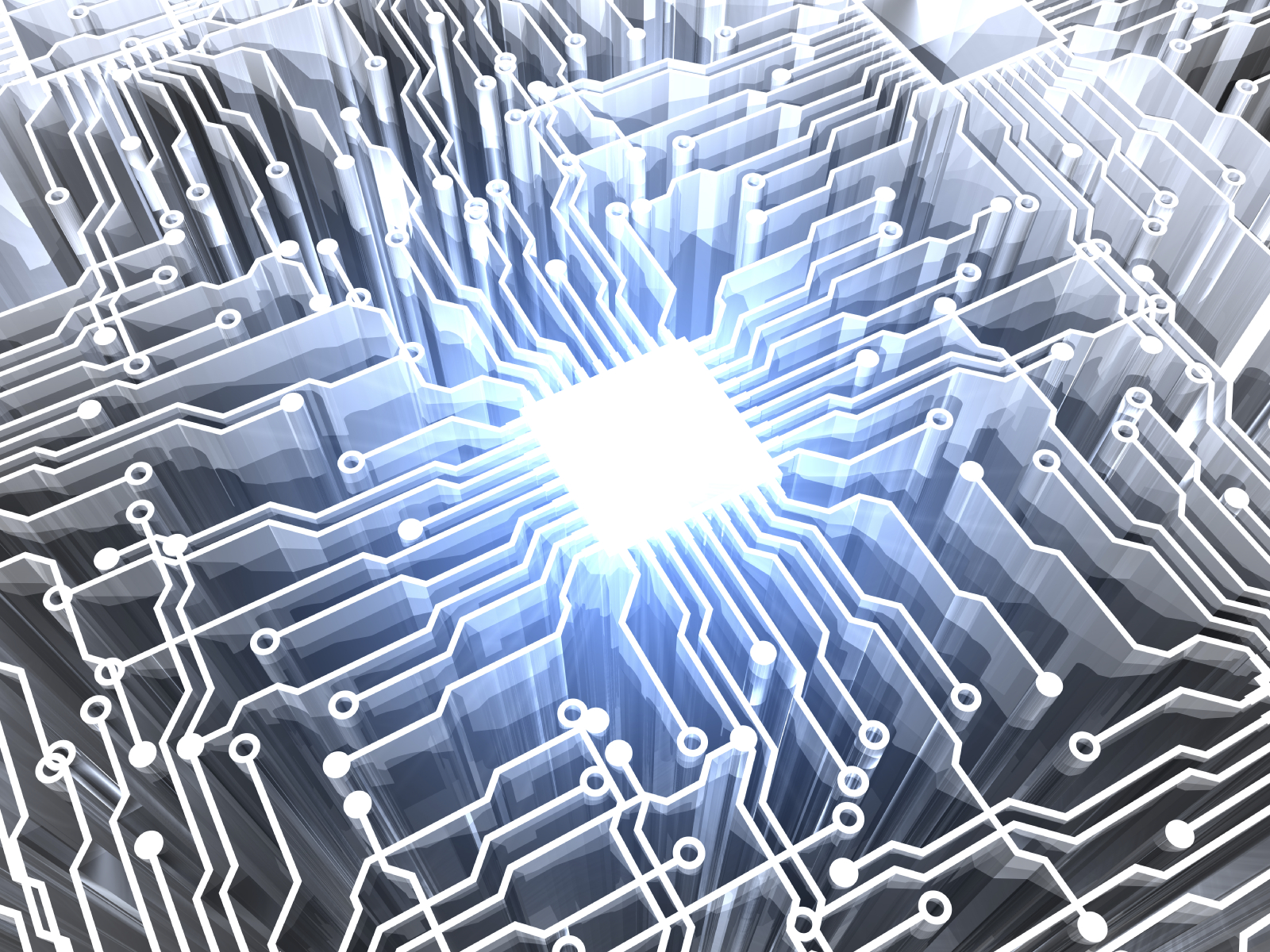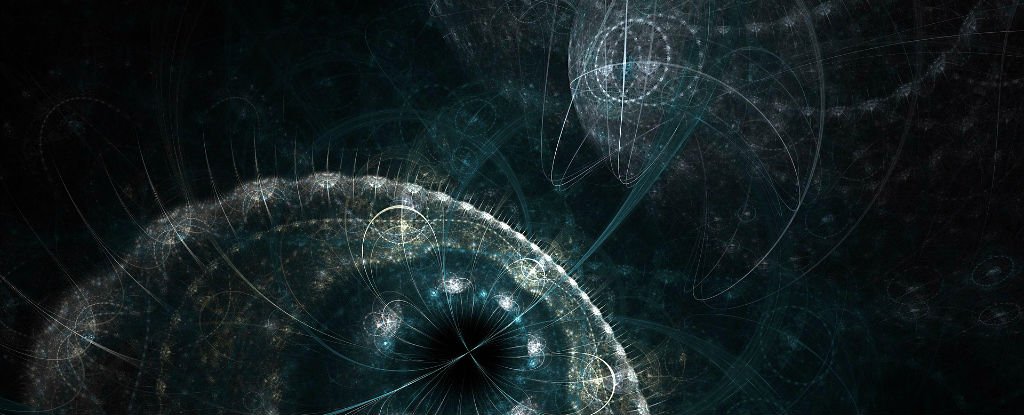Scientists just took a big step towards the goal of quantum computers, and even a quantum internet to connect them, after successfully using photons to transfer quantum information between a cold atomic gas and a solid crystal. This is a very important step and all the researchers around the world are very happy with this development.
Passing data between these
two "nodes" or types of storage shows that it should be possible to
build hybrid quantum computers that mix various nodes together, making them
more stable and practical to use.
 |
| Schematic illustration of the gas (bottom right) and crystal (top left). (ICFO/Scixel) |
A hybrid system like this
would potentially combine the benefits of each type of storage offered by the
nodes, according to the team from The Institute of Photonic Sciences (The
Institut de Ciències Fotòniques or IFCO) in Spain.
"It's like having nodes
speaking in two different languages," says one of the
researchers, Nicolas Maring. "In order for them to
communicate, it is necessary to convert the single photon's properties so it
can efficiently transfer all the information between these different
nodes."
No one has managed to pass
quantum information between two different types of node before, as they
typically function at different bandwidths and different wavelengths.
Getting a photon between
them without interference and with a strong enough signal has proved to be
incredibly tricky. For this experiment the researchers used a photon encoding
technique called time-bin
encoding, which is very well suited to communicating qubits and preventing
interference – as here – but not so great at allowing qubits to interact with
each other.
In this case the researchers
started with a laser-cooled cloud of rubidium atoms,
generating a qubit encoded
in a single photon with a very narrow bandwidth and a wavelength of 780
nanometres. That was then successfully passed over to the receiving node, a
crystal doped with praseodymium ions,
by converting it to a wavelength of 606 nanometres.
Between the sending and
receiving node, the photon was converted again, to a wavelength of 1552
nanometres, in order to prove that this experimental network might one day be
integrated with our
current telecommunications infrastructure.
The qubit was held for
around 2.5 microseconds and retrieved with very high fidelity. These qubits are
the building blocks of quantum computing, able to be in superposition – two
states at once – rather than computer bits of today, which are fixed as either
1s or 0s.
Once we figure out how to
manipulate these qubits reliably and accurately enough, the processing leaps
should be huge. That day is still a long way off, but we now know it's possible
to build hybrid quantum computers that can effectively send data across cables
that are already in place.
And because different types
of nodes are better at different tasks – like encoding in the case of a gas, or
storage in the case of a crystal – hybrid networks are an important avenue for
further exploration as we try and harness the
full power of quantum computing.
"Being able to connect
quantum nodes with very different functionalities and capabilities and
transmitting quantum bits by means of single photons between them represents an
important milestone in the development of hybrid quantum networks," says one of the researchers, Hugues de Riedmatten.



